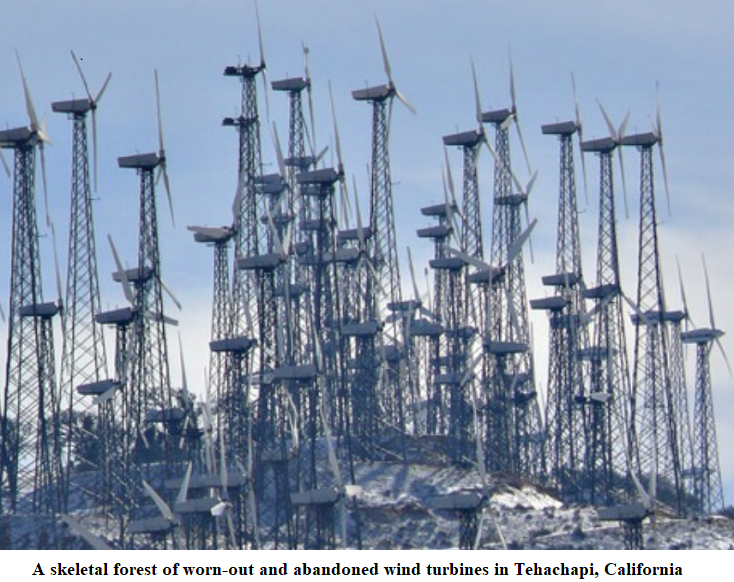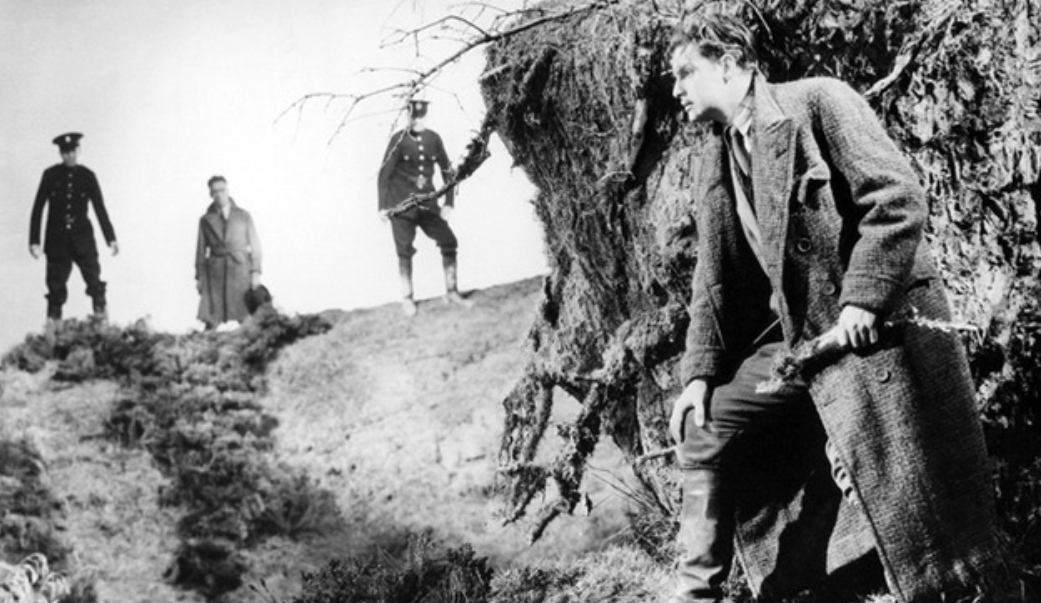
The Unfixable Shortfalls of Wind and Sun
Take a deployment of wind turbines and of solar panels, each of which deployment has a registered capacity of 1.5 GW, bringing the total to 3 GW. Bear in mind that on average wind and solar deliver only about 30 per cent or so of their registered capacity. Let’s say on one particular full day they intermittently deliver 24 GWh (or 33 per cent of their registered capacity). And suppose they provide power to a town of 40,000 households; which, for the purpose of the exercise, requires electricity in a steady stream over the full day totalling the same 24 GWh.
Question: What multiple of the deployments of wind and solar of the size indicated is needed to power the town without blackouts?
Answer: no multiple can provide uninterrupted power.
But I will leave that aside for the moment and focus simply on the initial deployments of wind and solar. How will they perform? It is not possible to say in the abstract. It depends on the wind and sun. I’ll keep it simple to avoid confusing complexity. Let’s say in the day in question we get eight hours of good wind, four in daylight, overlapping eight hours of reasonable sun, and four at night.
During the four overlapping hours as much as 1.5 GW (wind) plus 1.5 GW of sun (=3 GW) is delivered continuously. Plenty to spare for charging a big battery. During the four hours of sun, when the wind is still, as much as 1.5 GW is delivered continuously. Still enough spare for charging. During the night the wind delivers four hours of 1.5 GW continuously; and, again, there is scope for charging. However for 12 hours nothing is being delivered when 12 GWh is required.
How much surplus power has been generated? The answer in my simplified example is 12 GWh. So, there is potentially enough spare power. Then, how much would it cost to build a 12 GWh battery to store the power?
I will use the middling estimate of the US National Renewable Energy Laboratory for the capital cost of a battery in 2030. US$326 per kWh is its estimate. So one GWh would cost US$326 million. And 12 GWh would cost US$3.91 billion. This comes to US$97,800 per household in the aforementioned town. Overheard in the Kettle household. “Got to sell the valuables, Ma, rent out the house and move into the shed.”
Okay, would doubling the wind and solar deployment help? Not at all in my example. Plenty more spare power would be generated. But storing 12 GWh to cover the absence of both wind and sun power remains stubbornly the same. Would doubling ever help? Yes, it would, to the extent that the available sun and wind were too weak to generate full power. But the limiting factor is the time little-to-nothing is being generated. We know that applies to solar during the sundown hours. We know that applies to the wind when there is little of it. Moreover, we know that wind droughts occur.
Is my example unrepresentative? It might well be, but that is not to the point. Electricity has to meet demand every second of each and every day, even on unrepresentative days. And sometimes the wind doesn’t blow for a more extended period than the 16 hours over a day, as posited in my example. For instance, electrical engineer Paul Miskelly analysed data produced by AEMO for the first half of 2010. He found that there were 58 intervals of various durations in which the output from the whole fleet of wind farms across Eastern Australia fell below 2 per cent of registered capacity, the longest for 19 hours — see Wind Farms in Eastern Australia – Some Lessons. “The output of any individual wind farm can vary enormously [and] the total wind output across the entire grid falls rapidly to zero or near zero on many occasions during the calendar year.”
Of course, the wind and solar spruikers know all about the intermittency of wind and solar power. But, so they argue, wind power can be garnered from far afield to make up for its absence in particular areas. Only sometimes. And then, it absolutely requires overbuilding in every region, which is costly; it requires a myriad of interconnecting power lines, which is costly; and it falsely presupposes that wind droughts are seldom if ever widespread.
The unavoidable conclusion: wind and solar power won’t work. Hydrocarbon power will be ever needed to back up renewables to the hilt. Not a scoop. Why then say it? Delusions are a legion. Listen to Bowen et al. Ergo, truth bears repeating.



